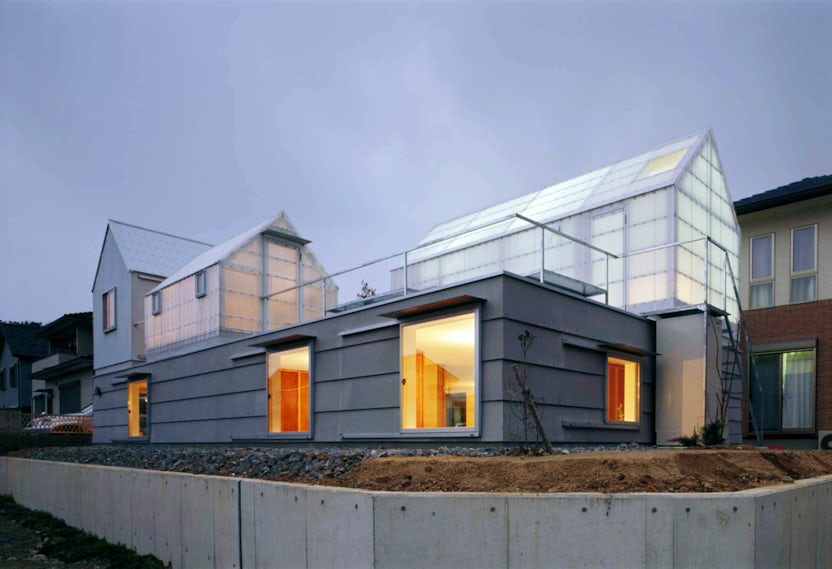Preferences for architectural finishes naturally shift every couple of decades. In the 1970s and 1980s, architects and designers were specifying warm metals such as brass and bronze for their projects. This was the fashion of the day and also due in part to what manufacturers made available to specifiers. With the advent of the digital era in the 90s, tastes changed from warm metals to cool-tone metals. Finishes such as brushed stainless, nickel, chrome, and anodized aluminum became the new standards for architectural specifications, whether it be for door hardware, column covers, ceiling panels, lighting, etc. This definitive shift continued to dominate well into the 00s, no doubt influenced by the burgeoning tech scene and our growing reliance on computers and the internet.
Today, this is no longer the case. Warm-tone metals have risen in popularity again, this time certainly as a reaction to the past few decades of technical and austere-looking white and silver tones that seem to be everywhere in architecture and industrial design. However, this new wave of warm metals is more refined and has more breadth than its predecessors, with nuances of finish options being seen in everything from building façades down to appliances, flatware, decorative objects, and even bicycles. These warm tones provide a sense of comfort and hospitality, a welcome sentiment in today’s world of slick smartphones, tablets, and computers — the latest generation of iPhone is available in a gold finish and Apple’s forthcoming MacBook will be as well.
Tones such as copper, rose gold, brass, and bronze are seen now in architectural finishes, hardware, bath and kitchen fixtures, furniture, lighting, and accessories. Here are some examples from the Architizer Product Catalog:

Trespa, manufacturer of decorative panels made from high-pressure compact laminate and thermosetting resin, is well known for their high-impact products that can be used indoors or out. Their Meteon series, intended for exterior façades, is made from a process called EBC (Electron Beam Curing), which renders the panels stable from outdoor elements, such as UV exposure and acid rain. They offer metallic colored panels as part of the line, which is an attractive alternative to actual metal cladding, since Trespa will retain its color and sheen over time (unlike metals that patina with exposure to moisture and oxygen).
The panels are made from 70% wood-based fibers, but due to their processing with resin and high pressure, they are dense and dimensionally stable. The panels can come straight or curved, single- or double-sided, have varying thicknesses, and come in two finish options (satin or textured, called “rock”). They are fire retardant and can contribute to a ventilated façade system. Trespa offers 14 metallic colors in Meteon, half of them warm tones.

RAJACK is a manufacturer of architectural hardware, mainly for doors, partitions, cabinets, drawers, and millwork. Their small door stops, just one-and-a-half inches in diameter, are made of solid brass and are height-adjustable. These beautiful stops come in round or hexagonal shapes with a black door bumper. The floor mounting screw is hidden for a clean and concealed installation. While RAJACK offers nearly any metal finish and even powder-coat or paint, the warm brass finishes are elegant and elevate the stops to jewelry for the floor.

Blu Dot is an online and brick-and-mortar retail enterprise, bringing clean modern designs of furniture and housewares to the masses. Their Trace 1 pendant lamp for ceiling mount installation comes in a nice mix of materials made from polished copper plate and lightly tinted glass to create the shade. The fixture is intended for a 40-watt incandescent bulb or a CFL (compact fluorescent). The fixture also comes in powder-coated steel if a cool metal is preferred. While all the fixture components are UL-listed (including the cloth-covered cord), the assembled lamp is not yet UL-listed, so for now it is off-limits for commercial projects requiring UL listing — but is perfect for residential spaces.

Gem Side Table by Debra Folz Design
The Gem side table designed by Debra Folz Design is part of a small collection of glass occasional tables that include coffee and end tables, all at 18 inches high. The glass tops are shaped like faceted gemstones, created from laminated glass with a colored inner layer, which provides the subtle jewel-toned color. Depending on the angle, different shades of the color appear. The base is metal in either bronze or zinc-plated steel, and the low-iron glass is available in smoke, blush, or blue.

Xorel Details Collection by Carnegie
Carnegie is a premier brand of upholstery and wall fabrics primarily for the contract market. Their Xorel products are mainly used on the wall, as upholstered wall fabric or direct glue wall-covering. Xorel’s content of woven polyethylene makes the product extremely durable and easily cleanable, while maintaining a sophisticated look. Their Details collection contains up to 46% bio-based content, and through the use of bulkier yarns and dense constructions, offers more texture than is typically seen in other Xorel wall products. The Details collection also uses metallic yarns to create the six patterns in the collection, with many warm colorways to choose from. The sheen from metallic yarns will no doubt add luster to any interior.









